-
Content count
361 -
Joined
-
Last visited
File Comments posted by wazalo68
-
-
good work
-
mig-35...............
-
-
great, don,t forget Mitsubishi F-2B Viper Zero
-
thanks! nice work, waiting for MiG-29's upgrades SM/SMT
-
not BVR R-27 Alamo/ R-77 Ader capacity?
-
where are the cockpits?
-
good! Su-34
-
DESERT FALCON The Block 60 designation was originally reserved back in 1989. It was to be the F/A-16 which sported a 30 mm cannon and strengthened wing structure for anti-tank weapons such as 7.62 mm min pods. This aircraft was briefly in consideration to replace the A-10 warthog. The "original" Block 60 did not go into production, and its designation basically ends the series of adding another block.
The "new" Block 60 F-16 represents an evolutionary step ahead of the current block 50 aircraft. At first, the Block 60 was developed featuring a delta wing design. Through the development phase, LMTAS altered its strategy and decided to just start from the basic F-16 structure without altering too much on its design.
Structure & Avionics
The Block 60 features an enormous amount of new capabilities. For one thing, the Fighting Falcon Block 60's range is extended with addition of fuselage mounted conformal fuel tanks and wing tanks, similar to the F-16ES and Block 50/52 Plus.
Secondly, the Northrop Grumman AN/ASQ-28 IFTS (Internal FLIR and Targeting System) replaces the pods in earlier aircraft. With state-of-the art components and packaging technology, the Internal FLIR Targeting System (IFTS) incorporates an advanced multi-functional FLIR/laser system into the F-16 nose to improve lethality and survivability with lower weight and drag and a laser targeting pod mounted underneath the fuselage. The elimination of bulky pods also enhances stealthiness.
Thirdly, there is an integrated electronic warfare suite with the Northrop Grumman 'Falcon Edge' internal electronic countermeasures system, the Northrop Grumman AN/APG-80 "Agile Beam Radar" with AESA (Active Electronically Scanned Array), an electronic warfare management system, fiber-optic avionics data bus and up to eight chaff/flare dispensers, as well as advanced friend or foe. The aircraft's advanced avionics suite has room available for future improvements. The Block 60's modular mission computer has a processing throughput of 12.5 million instructions per second and provides sensor and weapons integration.
The ALQ-165 electronic countermeasures system, also known as the Airborne Self-Protection Jammer (ASPJ), is a sophisticated, high-power jamming system developed to fulfill both U.S. Navy and Air Force requirements - although the USAF abandonned the program a while ago. Missile warning systems on the Block 60 provide advanced warning of approaching missiles so the pilot can activate countermeasures in time. The Block 60 F-16 can accommodate both active and passive missile warning systems currently under development.
Any F-16 pilot can perform mission tasks with his head up and his eyes looking out of the cockpit and with his hands on the flight controls. The Block 60 adds to this excellent pilot-aircraft interface by incorporating three advanced 5-inch by 7-inch color displays. The aircraft has wiring and space allocated for a helmet-mounted cuing system that can be added to improve pilot situation awareness.
The Block 60 F-16 retains the full armament capability of the Block 50's and adds several new capabilities. The Block 60's basic design and weapon interfaces are compatible with projected future weapons including new air-to-air missiles such as the AIM-132 Advanced Short Range Air-to-Air Missile (ASRAAM). The aircraft will also support all-weather standoff weapons, such as the AGM-154 Joint Standoff Weapon (JSOW), and AGM-84E Standoff Land Attack Missile (SLAM).
The Block 60 F-16 has been developed with planned growth improvements and technology advances in virtually all major areas, including engines, avionics, and weapons.
Production
So far, the Block 60 has only be sold to the United Arab Emirates. The total order stands for 80 aircraft compromising 55 single-seat E-models and 25 double-seat F-models. Deliveries will start in 2004 and run through 2007.
Specifications
Engine: One General Electric F110-GE-132 turbofan, rated at 19,000 lb.s.t. dry and 32,500 lb.s.t. with afterburning.
Performance: Maximum short-endurance speed: Mach 2.02 (1333 mph) at 40,000 feet. Maximum sustained speed Mach 1.89 (1247 mph) at 40,000 feet.
Dimensions: wingspan 31 feet 0 inches, length 49 feet 4 inches, height 16 feet 8 1/2 inches, wing area 300 square feet.
Weights: around 22,000 pounds empty, 29,000 pounds normal loaded (air-to-air mission), 46,000 pounds maximum takeoff.
-
copkpit?
-
don't forget MiG-29M and MiG35.
-
Asian F-16 Viper Pack Part 2...................................?
-
whre is the cockpit............
-
good work! don't forget Mig-21R & S versions
-
Dassault Mirage 5/Nesher in Service with the IDF/AF
Acquizition
The IDF/AF purchased two models of the Mirage 5 – named Nesher in Israeli service – and supposedly “built” by IAI; in fact the aircraft were delivered in crates from France, and then put together by Israeli technicians under US supervision:
- 51 Nesher S single-seat fighters, received between 05/1971 and 02/1974.
- 10 Nesher T two-seat combat trainers, received in 1974 (five of these were later sold to South Africa, for conversion to Cheetah D: these aircraft wore serials 858 thru 862).
Squadrons
The Israeli AF Nesher served in four squadrons during their life:
- 101 Squadron “First Fighter” (05/1971 to 04/1975) alongside Mirage III.
- 144 Squadron “Guards of the Arava” (09/1972 to 12/1978).
- 113 Squadron “Hornet” (12/1972 to 06/1976).
- 253 Squadron “Negev” (11/1976 to 10/1979).
Modifications & Conversions
The Nesher fleet was not significantly modified during its service with the IDF/AF – except that a second UHF-aerial was mounted under the nose after a better radio set was added.
Sales
In 1978, the prospect of war with Chile for the Beagle Channel Islands prompted the purchase from Israel of 24 surplus Nesher S (as Dagger A) and 2 surplus Nesher T (as Dagger B), which were delivered between 26/11/1978 and 23/12/1980. A further batch of 11 Nesher S (as Dagger A) and 2 Nesher T (Dagger B) was supplied between 29/05/1981 and 02/1982. All of them were used in the Falkland/Malvinas War.
Preserved Examples
Today, there is only one Nesher preserved in Israel:
- Nesher S #01: Preserved at the Israeli AF Museum in Hatzerim AB as #501.
Attrition
Given that 35 Nesher S and 4 Nesher T were sold to Argentina, and 5 Nesher T to South Africa (for Cheetah D conversion), and that there is only one Nesher preserved in Israel (Nesher S #01 as #501), it must be considered that the total definitive losses for the 1971-1980 period were:
- Nesher S: 15 aircraft in 1971-1980.
- Nesher T: 1 aircraft in 1974-1980.
Serials of Mirage 5/Nesher in IDF/AF Service
The IDF/AF Nesher had a two-digit serial assigned for all their life:
- Nesher S: were allocated numbers between 01 and 99, evidently not consecutive.
- Nesher T: were allocated number in the same range that Nesher S but, as the third first digit was introduced, no coincidences existed.
In mid-1970s, the Nesher S' received a “5” as first digit, while the Nesher Ts received a “6” as first digit.
Camouflage Colours
There are distintive periods for the colors of the Neshers in IDF/AF service:
- 1971-1973: All the aircraft were camouflaged.
- 1973-1980: All the aircraft were camouflaged and identificative orange triangles with black borders added to diferentiate Arab from Israeli Mirages.
- 1980-1982: All the aircraft were camouflaged with the orange triangles deleted.
Unit Insignia & Special Markings
The IDF/AF Nesher had distinctive markings peculiar to each squadron:
- 101 Squadron: Badge plus red-and-white striped rudder.
- 144 Squadron: Badge without any other markings.
Nesher S "526" as seen at the time or shortly after the Yom Kippour War. Note the hastly applied identification triangle and the slightly oversized insignia of the "Guards of the Arava" Squadron, as well as two kill markings on the nose.
- 113 Squadron: Badge with checkered rudder.
Flying this Nesher S of the "Hornet" Squadron the top Israeli "ace" Giora Epstein scored eight kills during the Yom Kippour War, in 1973.
- 253 Squadron: Badge without any other markings.
This Nesher S of the "Negev" Squadron is shown as in the mid-1970s, already with additional aerials bellow the nose and behind the cockpit, as well as on the fin.
-
 1
1
-
-
good work, thanks dave
-
DAVE, THIS WORK IS GREAT!
-
good work, stand by with Su-34 Fullbaks
-
what's hapen! dave ....isralei vipers (Block 30 barak, block 40 barak II, block 52 soufa & block 40 braket
-
GOOD WORK...........!
-
dave..................goooooooooooood work, remember F-16's Israeli Air Force series, Pack.
-
dave don't forget upgrade this mod (F-16C BLOCK 30 Barak / 40 Braket and F-16I Block 52 Soufa
-
 1
1
-
-
good work, don`t forget F-16D Block 40/42 with dorsal spine
-
Hey dave, good work, congratulations, ......F-16C/D Block50/52 & F-16I Sufa with spine with dorsal spine.................?


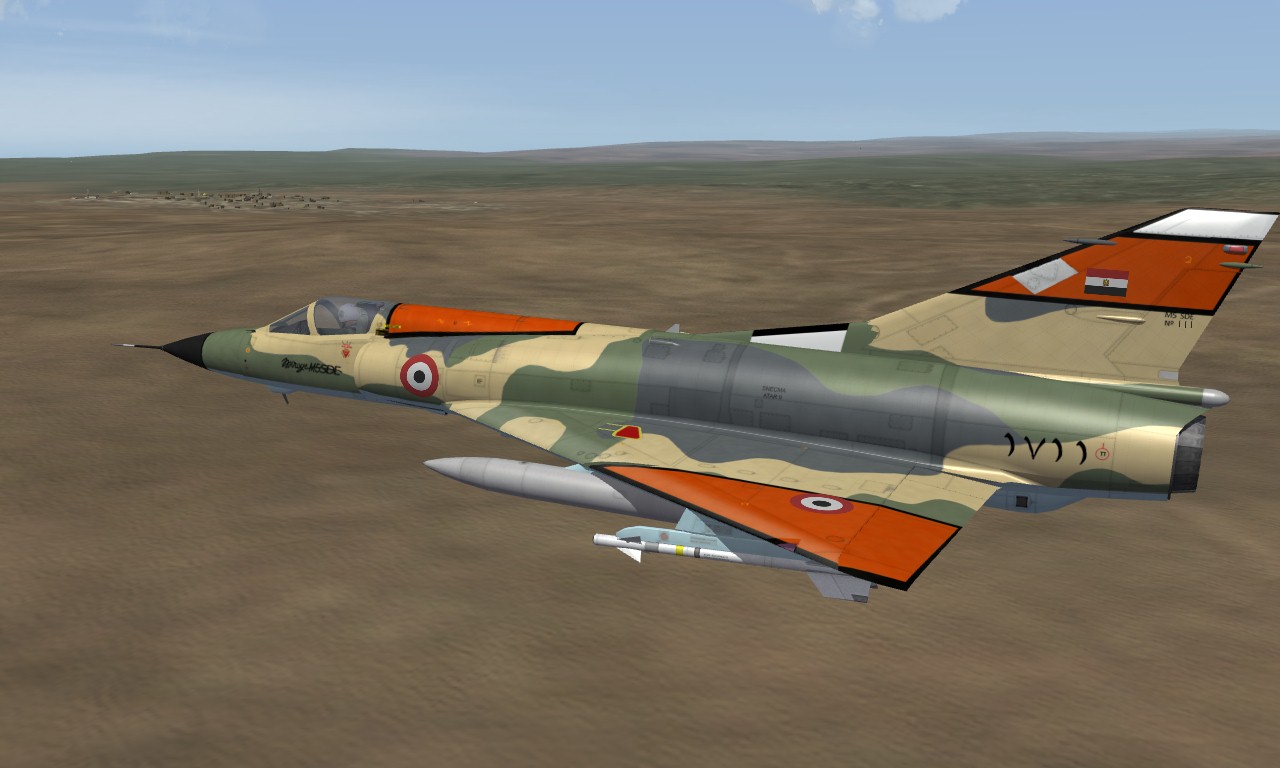




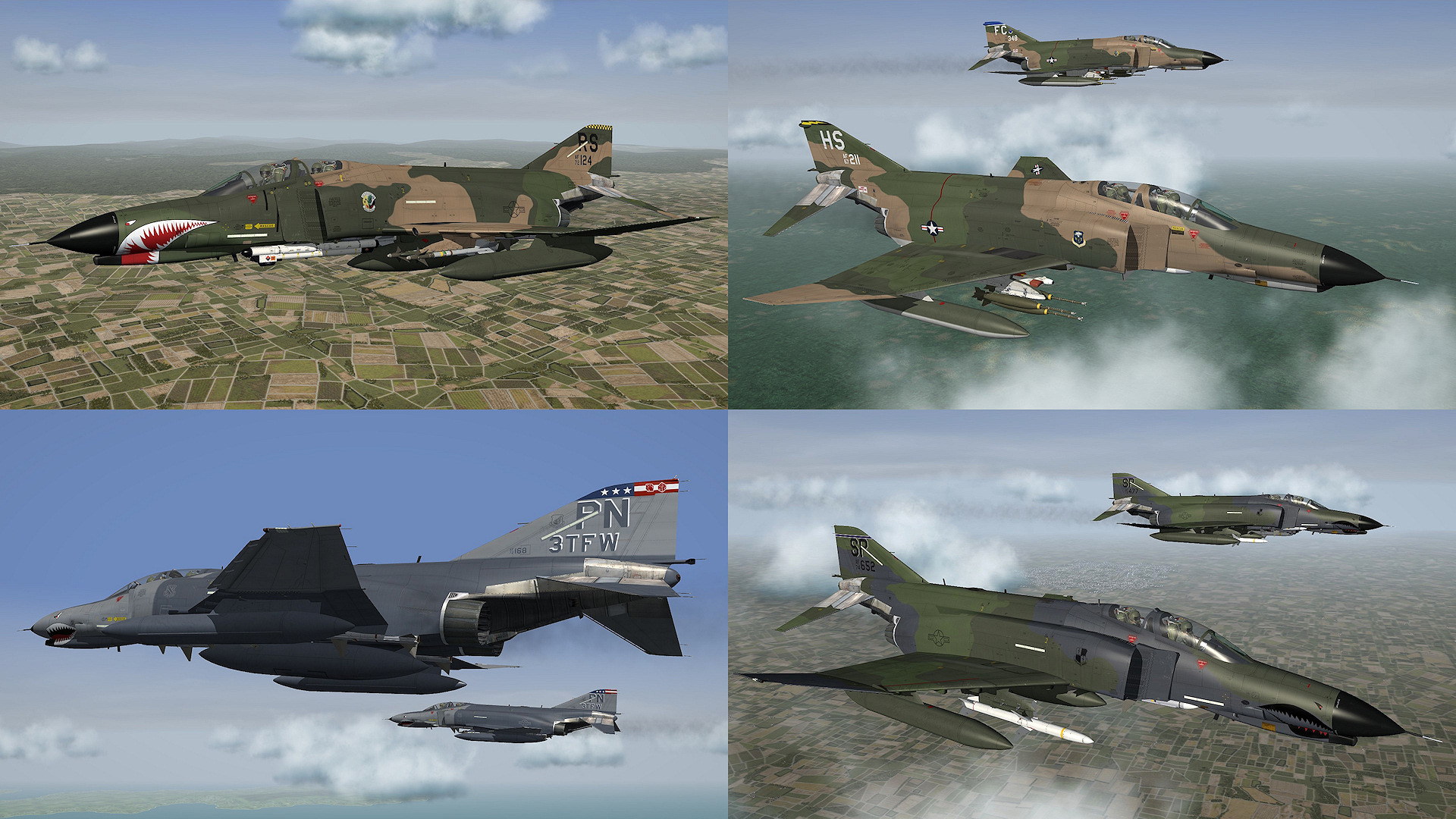




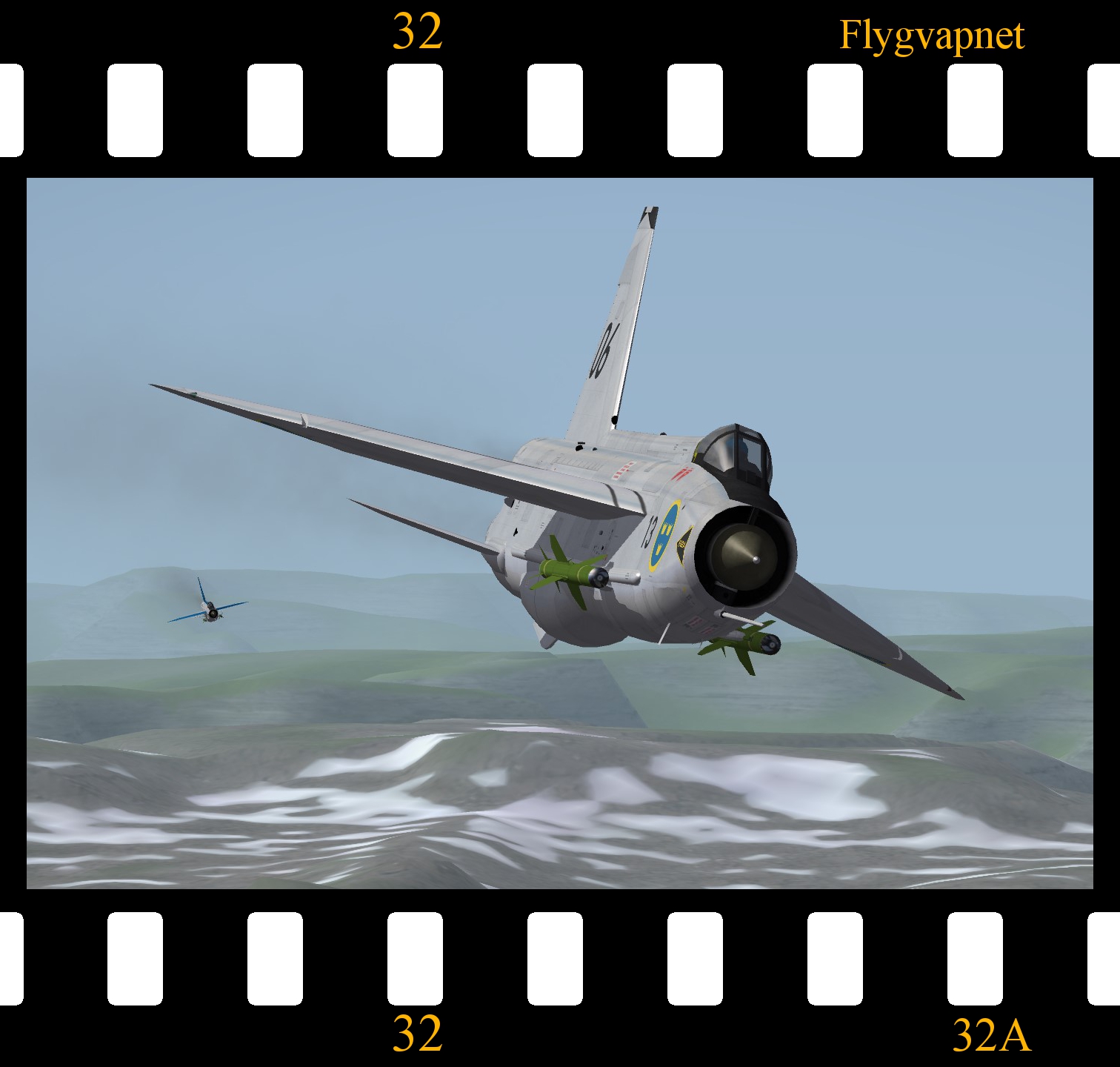





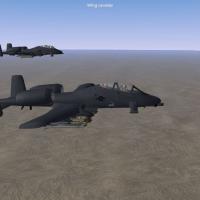
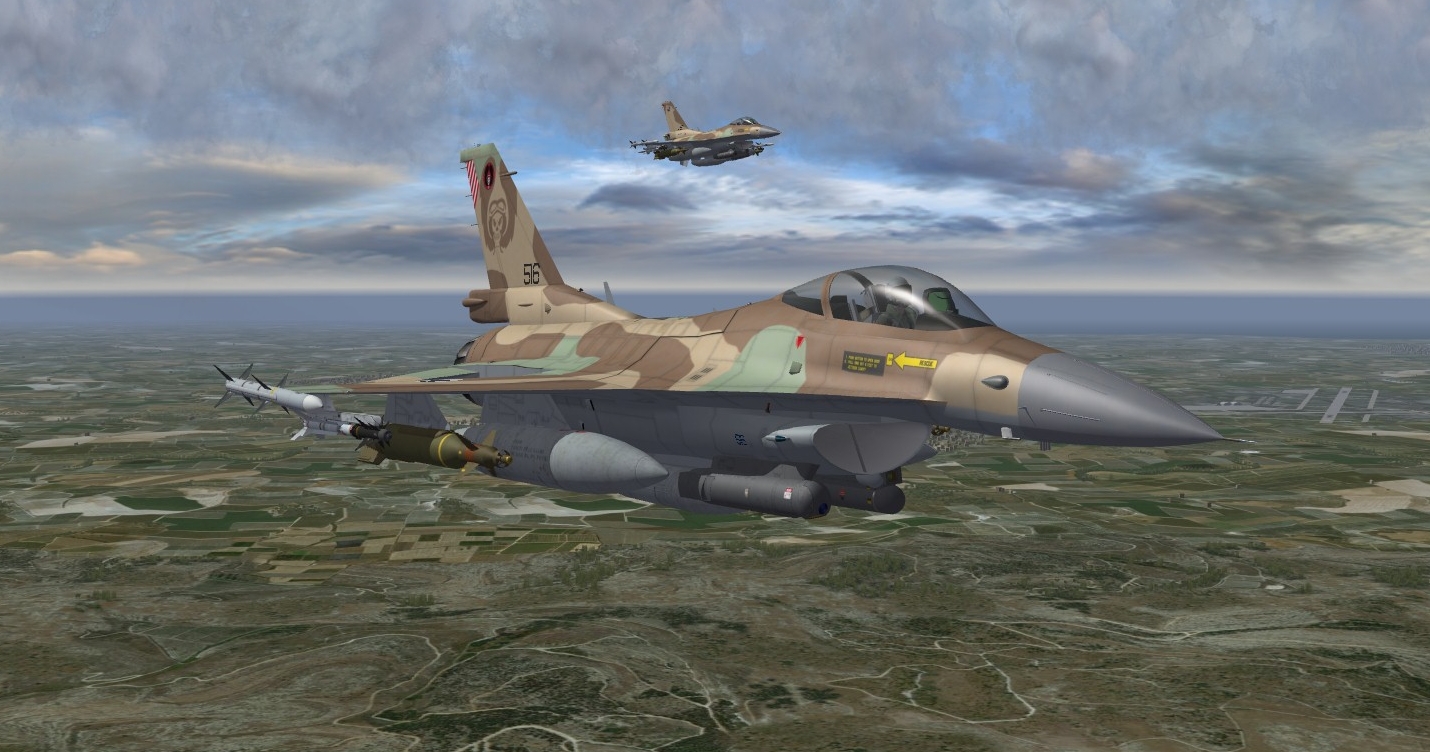
Mirage IIIS Swiss Air Force
in Mirage 3
Posted
GOOD WORK!